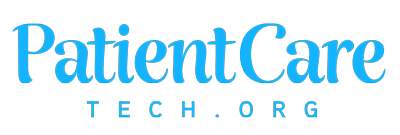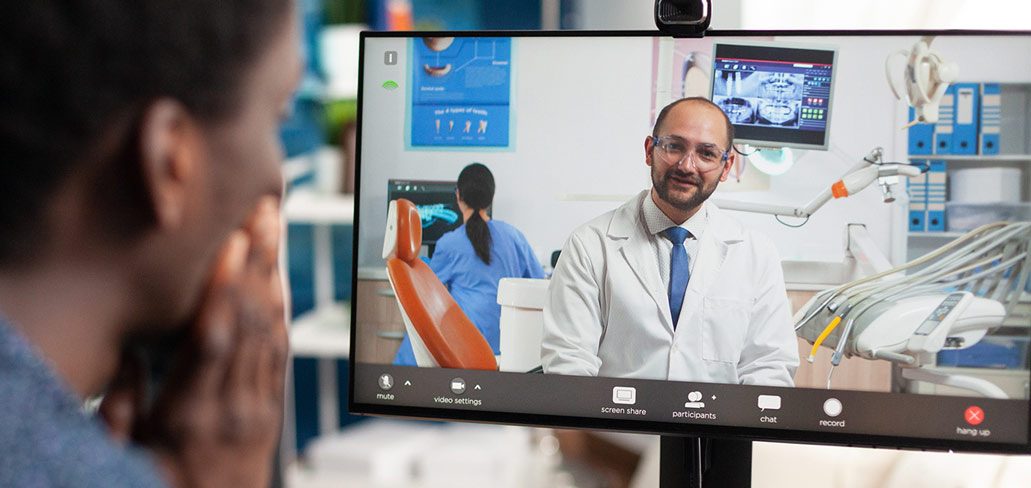Telehealth & Remote Monitoring: What It Means for PCTs
The healthcare landscape is constantly evolving, and one of the most significant shifts we’re seeing is the rise of telehealth and remote patient monitoring (RPM). For Patient Care Technicians (PCTs), these advancements present both exciting opportunities and new challenges. Let’s explore what telehealth and RPM mean for PCTs and how they’re shaping the future of care.
What are Telehealth and Remote Patient Monitoring?
-
Telehealth: Simply put, telehealth encompasses healthcare services delivered remotely using technology. This can include virtual appointments with doctors, consultations with specialists, and even remote therapy sessions. It aims to improve access to care, particularly for patients in rural areas or those with mobility issues.
-
Remote Patient Monitoring (RPM): RPM utilizes devices and technology to collect patient health data outside of traditional healthcare settings. This data, such as vital signs, activity levels, and sleep patterns, is then transmitted to healthcare providers for review. RPM allows for continuous monitoring, early detection of potential problems, and more personalized care.
How Do These Technologies Impact PCTs?
While doctors and nurses often take the lead in telehealth and RPM, PCTs play a vital supporting role, and their contributions are becoming increasingly important. Here are some key ways these technologies impact PCTs:
-
Patient Education and Support: PCTs are often the first point of contact for patients. They can play a crucial role in educating patients on how to use telehealth platforms and RPM devices. This includes demonstrating how to take measurements, explaining data transmission processes, and troubleshooting basic technical issues. Providing clear and patient-friendly instructions is essential for successful implementation.
-
Data Collection and Reporting: In some cases, PCTs may be involved in collecting patient data remotely, such as blood pressure readings or wound assessments, and transmitting it to the care team. Accurate and timely data entry is crucial for effective monitoring and treatment.
-
Care Coordination: Telehealth and RPM often require a coordinated approach to care. PCTs can help facilitate communication between patients, doctors, nurses, and other members of the healthcare team. They can help schedule virtual appointments, relay patient concerns, and ensure that everyone is on the same page.
-
Expanding Skill Sets: As telehealth and RPM become more prevalent, PCTs will need to develop new skills, including familiarity with various technologies, data privacy regulations (HIPAA), and effective communication strategies for virtual interactions. Embracing these new skills will be essential for career growth.
-
Enhanced Patient Engagement: RPM can lead to increased patient engagement in their own care. PCTs can empower patients by helping them understand their data and how it contributes to their overall health. This can lead to better adherence to treatment plans and improved outcomes.
Challenges and Opportunities:
While telehealth and RPM offer numerous benefits, there are also challenges to consider:
-
Digital Literacy: Not all patients are equally comfortable with technology. PCTs may need to work with patients who have limited digital literacy, providing extra support and patience.
-
Data Privacy and Security: Protecting patient data is paramount. PCTs must be aware of and adhere to HIPAA regulations and other data privacy guidelines.
-
Workflow Integration: Integrating telehealth and RPM into existing workflows can be challenging. Healthcare facilities need to develop clear protocols and provide adequate training for PCTs and other staff members.
The Future of PCTs in a Telehealth World:
Telehealth and RPM are here to stay, and they will continue to transform the role of the PCT. By embracing these technologies, developing new skills, and focusing on patient-centered care, PCTs can play a vital role in shaping the future of healthcare. As healthcare moves towards a more connected and data-driven approach, the contributions of PCTs will become even more valuable. The key is to be adaptable, embrace lifelong learning, and remain focused on providing compassionate and high-quality care, regardless of the delivery method



